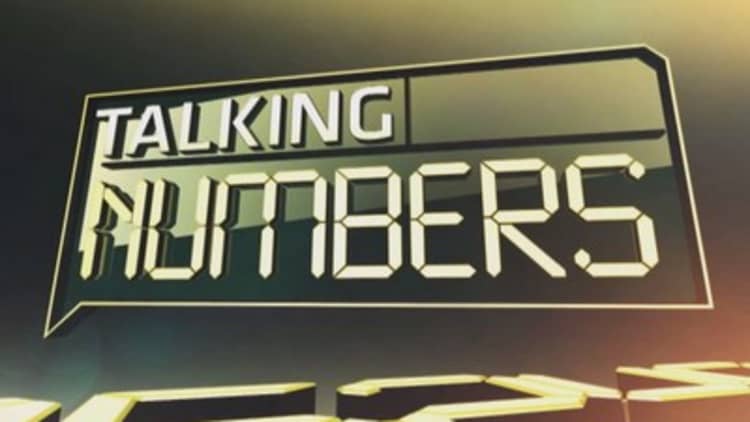
What's the biggest price cut you can get from Best Buy this week? Apparently, it's their stock.
Shares of Best Buy plunged more than 30% in premarket trading Thursday as the electronics chain reported 0.9% in US same-store sales. Overall, revenues were down 2.6% for the holiday season.
Best Buy was hurt not only by a drop in traffic but also by intense competition. It didn't help that stores offered to match better deals elsewhere when chief rivals like Amazon weren't too worried about operating at a loss.
To put Thursday's stock fall in perspective, Best Buy lost $3.6 billion in market cap. It's also a miserable way to end what looked to be a bullish turnaround in the stock. In 2012, Best Buy was one of the worst performing stocks in the S&P 500 index; it was down 49% that year. But, Best Buy became one of the index's best performers in 2013, soaring 239%. Shares have now erased all of their gains over the last six months.
In an interview with CNBC, Best Buy CEO Hubert Joly said the poor numbers:
"Reinforces our determination to cut [selling, general, and administrative] costs, go deeper faster…. This is not a three-month or six-month turnaround story. It's a multi-year turnaround, similar to Home Depot years ago."
(Watch: Best Buy holiday same-store sales fall)
According to CNBC contributor Gina Sanchez, founder of Chantico Global, investors shouldn't be entirely surprised with Best Buy's margins.
"They've been telling us they're going to have low margins and that's exactly what they had – very low margins," says Sanchez. "Price competition was incredibly high."
In an effort to avoid becoming what she refers to as "Amazon's showroom", Best Buy's price-matching policy is what compressed margins, according to Sanchez. She notes that those margins were in a range of between 5% and 5.5% before the financial crisis half a decade ago; today, it's in a range between 1% and 1.5%. "And that's probably where they're going to stay," says Sanchez.
CNBC contributor Andrew Busch, editor and publisher of The Busch Update, says the market was already signaling a problem with the stock three months ago as evidenced by the technicals.
"This is a company that has been flashing some sell signals when it had just put in its high for the year back in November – over $44," says Busch. "You had the 10-day average move below the 30-day moving average. This is a very bearish signal right after you put in a new high."
(Read: US stocks mostly fall after two-day surge; Best Buy socked by sales)
A familiar pattern in technical analysis is a "back and fill". After a stock jumps up in price, leaving a gap between one day's high and the next day's low (or vice versa), technicians say that eventually, share prices will go back to the price in between and "fill the gap".
Busch notes two gaps in Best Buy's charts, both as the stock took off in 2013. The first was $24.50 while the second was around $32. On Thursday, Best Buy shares moved below $32 but hadn't quite made it to $24.50. For that reason, Busch is cautious on the stock.
"There's no rush to buy this thing," says Busch. "I don't think it's got a lot of upside. I'd like to see that gap at $24.50 filled in before I got interested in Best Buy."
However, others see a drop below $24.50. Busch notes that other analysts have an $18 price target on Best Buy.
"Ultimately, I really don't like this stock," says Busch.
Sanchez as well is pessimistic on Best Buy shares, especially given its shrinking margins and stiffer competition from Amazon.
"Nobody ever cut their way to success," says Sanchez. "Best Buy just has to realize that the pond right now for retailers is shrinking. Until consumers start making more money and start spending more – and that hasn't happened yet – then they're basically stuck."
To see more discussion by Busch and Sanchez on what's next for Best Buy, watch the video above.
More from Talking Numbers:
John Malone is lowballing Sirius XM shareholders: Ralph Nader
This chart says Apple goes to $600 – and higher: Strategist
Beware of this takeover offer: Strategists
-----
Follow us on Twitter: @CNBCNumbers
Like us on Facebook: facebook.com/CNBCNumbers


